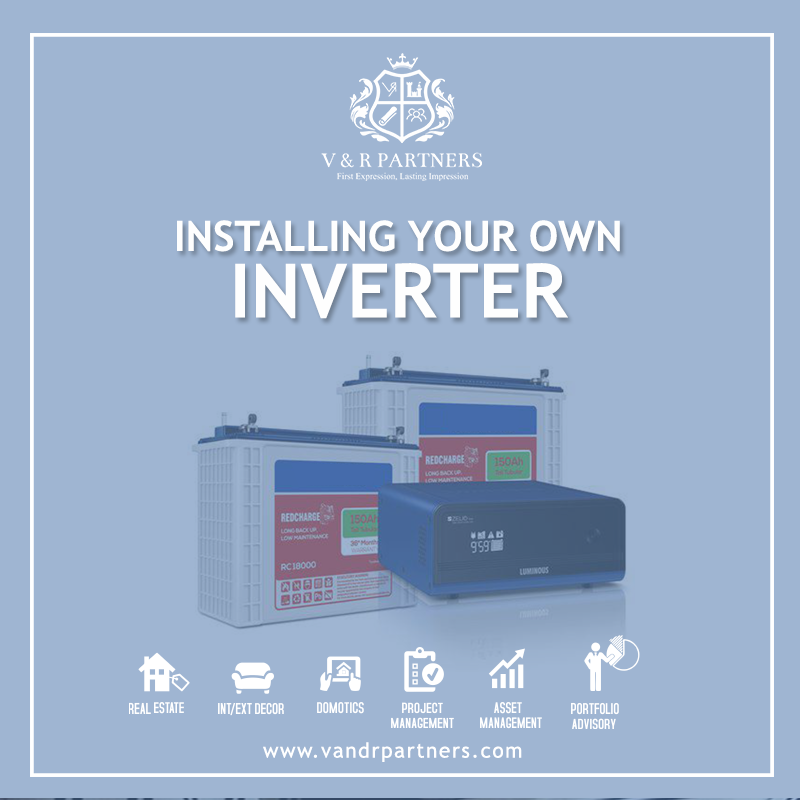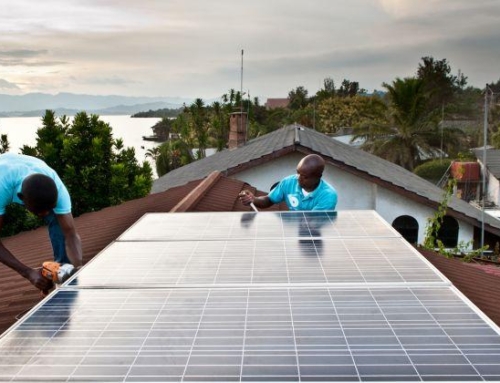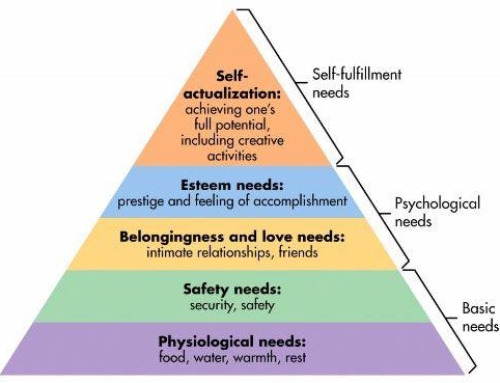Step 1) Figure out the load requirements at home. Find out the wattage of all the electrical loads (your equipment at home, bulbs, tube lights, fans, mixers, ACs, fridges, dildos EVERYTHING). Done? Great, now sum it all up. in watts (not watts/hr – not required)
2) Now you need a good inverter with a decent VA (voltage-ampere) rating. Power factor (pf) of 0.7 is good enough, it’s the efficiency of your inverter .. so that’s 70%
3) Divide your total wattage from step 1 by the Power factor of your inverter in step 2.
Example: Say the summation of your total watt requirement at home is 1000W… and 0.7 pf of your inverter. Hence 1000/0.7 = 1428W
4) Now, the closest (but higher) VA rating of an inverter you gotta choose based on the value in step 3. SO, i’d choose a 1500 VA rated inverter. (go higher if you think you’ll be getting more electrical equipment at home later on). Go to amazon and search for a 1500VA inverter and read the comment section under it to give you a general idea about how people found that particular inverter
5) Now for the battery calculation. You’re going to be sucking out the juice from the batteries and inverting it. The juice for the inverter from the battery is your DC current that the inverter ‘inverts’ into AC usable power
How long do you want your 1000Watt worth equipment to run for? Say 10 hours.
The battery backup time in hours can be calculated using:
Backup Time = (Battery AH x 12V x N x Efficiency of Battery) / Load in Watts
where,
Battery Ah = Ampere hour Capacity of BatteryN = Number of 12 V Batteries needed. (if you get higher V batteries then great, generally people tend to stick with 12V in case sparking or sumthin sinister happens, and you end up frying your balls, not pretty)
Efficiency of Battery = Generally 0.8, which is the max. standard power factor, but go check the pf of the battery anyway that you end up buying
The inverter capacity is not used in backup time calculation.
Suppose, I have a 60Ah battery. My load is 1000W. I have a single 12V battery.
=> Backup Time = ( 60 x 12 x 1 x 0.8 / 1000 ) hours = 0.576 hours.
See? half an hour worth of backup for all of your home appliances. No good
So if you need 10 hrs of battery backup:
Reverse calc
(60 x 12 x N x 0.8) / 1000 = 10
solve for n. n = 17.36 ~ 18 batteries
18 batteries for 10 hrs of backup. These 60Ah batteries are quite small anyway. For a backup of this amount, you might as well get those 100–200 Ah batteries and recalculate.
==================================================
6) So we have the batteries and the inverter that you just purchased. Get a plastic box with lids and place all the batteries in them, make holes in the side for the wires to come out from, to make sure humidity and moisture doesn’t affect them. Current battery manufacturers are generally quite particular with packaging, but you might want to add a second layer of insulation like this just in case.
7) Now wires; lower gauge number = thicker the wire
Thicker the wire = less resistance in them. You need thick wires for the battery connections and to connect to the inverter. Now, if you’ve never handled any of this before, never touched a wire in your life (phone charges or the such don’t count) , please call an electrician and save yourself the trouble of getting electrocuted; don’t kid yourself. The electrician would know which wire to use or ask your electrical shop guy for suggestions
8) Hook up batteries to inverter. Now you’re gonna get 3 output wires from your inverter (usually a plug). The +ve. -ve and earth (usually black in colour)
Again, get your electrician to do all this so you don’t have to unnecessarily die in the process. If you’re confident enough then go ahead
+ve = red colour, -ve = green or black, the ground will be black or green whatever, the inverter manual should have the color codes mentioned
+ve red from Invertor connect to the main MCB (miniature circuit breaker) – where the switches and the fuse/s sit
-ve connected to the -ve wire of the MCB and earth wire to MCB earth
=======================================================
And you’re done. Switch on the inverter and enjoy. If you’ve done everything right, the batteries should now be charging when your main power is on, and should be providing you electricity when its off
Note: It might be worthwhile getting a voltage stabilizer hooked up as well in case you have frequent power outs and unstable ‘dirty power’ overall. Wanna go pro? Get a solar inverter! Doesn’t matter even if you stay in a flat, you can hang out the panels from the windows or your balcony. Some free juice better than no juice at all and the ROI is relatively quick. I would type more but that’s beyond the scope of this answer





